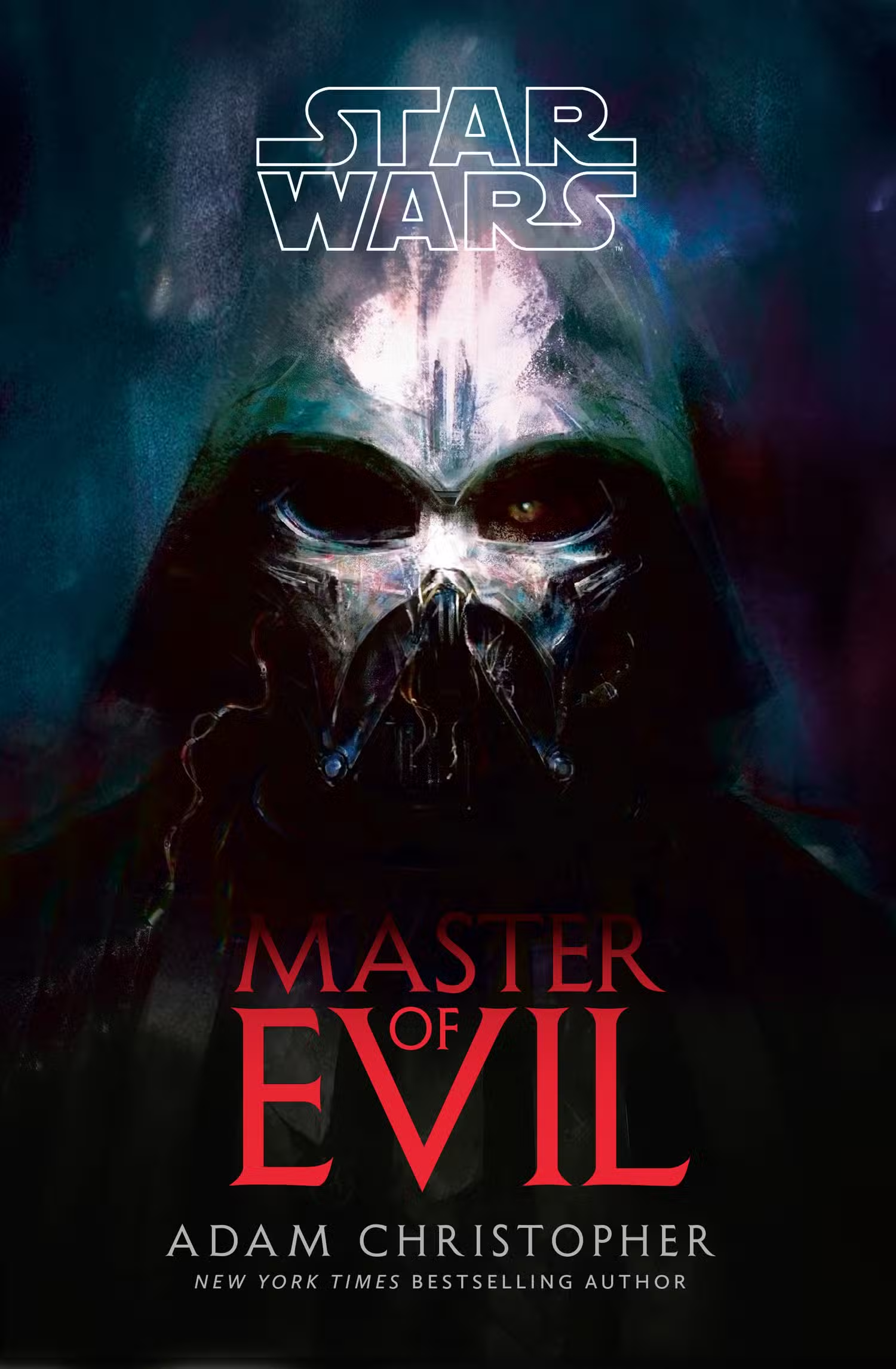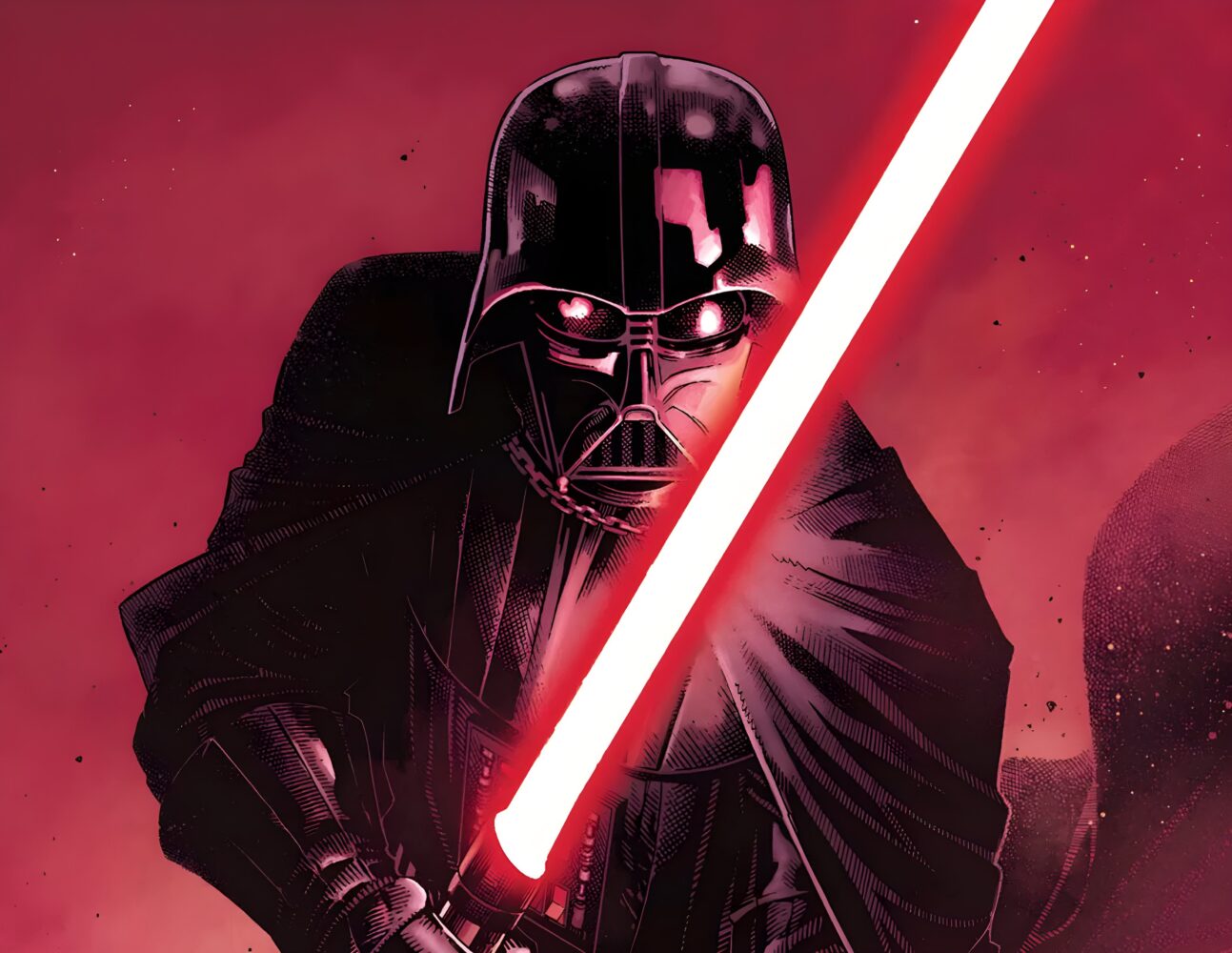A newly released excerpt from Adam Christopher’s upcoming Star Wars novel, Master of Evil, is poised to reignite — and potentially clarify — a long-running debate about Darth Vader’s identity. For years, fans have argued about whether Anakin Skywalker and Darth Vader should be treated as distinct personas or as two phases of the same individual shaped by circumstance and choice. The question became especially visible again after the Obi-Wan Kenobi series, which framed the character’s internal conflict through a confrontational reunion between master and former apprentice.
In that series, Obi-Wan’s attempt to reach the man he once knew is met with Vader’s insistence that Anakin is gone. The exchange, delivered during one of the show’s more memorable duels, seemed designed to evoke tragedy rather than offer a reliable account of identity. Obi-Wan accepts Vader’s statement at face value, concluding that Anakin has been entirely consumed by the Sith persona. But as with much in Star Wars, the narrative is shaped through the perspective of individuals in crisis rather than objective truth.
Master of Evil, set shortly after Revenge of the Sith, approaches the issue with more nuance. The novel follows Halland Goth, captain of the Imperial Royal Guards, assigned to accompany Vader and discreetly report on his behavior to the Emperor. Through this framing, the story avoids reducing Vader to either a mythic villain or an unexamined victim. Instead, it tracks a character still raw from recent loss, driven by anger and a desire for the power he imagines could reverse Padmé Amidala’s death. It’s a period when his loyalties are fluid and his sense of self is fractured but not erased.

Although the book does not unfold through Vader’s direct point of view, it frequently exposes his internal contradictions. His capacity for violence is clear — including a moment in which he kills a shaman who falsely promises knowledge of resurrection — yet the novel also threads in moments of restraint and care. His decision to save Appo, a clone trooper tempted by a dark vergence, marks an early indication that his instincts aren’t uniformly destructive. Later, when Appo’s prosthetic leg is damaged, Vader repairs it rather than abandoning him, despite the immediate tactical disadvantages. These episodes echo Anakin’s established loyalty to the clone troops during The Clone Wars, suggesting continuity rather than spiritual replacement.
Vader’s interactions with others further complicate the idea that Anakin is entirely gone. When Enoosha, the daughter of the slain shaman, becomes a potential apprentice, Goth challenges Vader to act with some measure of compassion. Vader ultimately allows both Enoosha and Goth to leave unharmed, even shielding them from falling debris. These choices don’t absolve his actions or hint at redemption; instead, they illustrate that his identity remains an unstable blend rather than a clean break.
Contrasts with Vader’s depiction in Obi-Wan Kenobi are also telling. That series, set a decade later, presents a character hardened by time and violence. Even so, visual cues — particularly the shifting lightsaber colors illuminating Anakin’s exposed face during the duel — underline the coexistence of conflicting impulses. Master of Evil reinforces this reading by showing how closely intertwined the two identities remain. Vader’s insistence that Anakin is dead reads less as a statement of fact than a narrative he constructs to avoid confronting his own culpability.
By placing these debates in the context of the broader saga, the novel also gestures toward the eventual reconciliation seen in Return of the Jedi. Luke’s willingness to reach the man beneath the armor only succeeds because that man still exists. Master of Evil does not radically rewrite Star Wars mythology, but it contributes to an ongoing conversation by treating Vader not as two separate beings but as one person wrestling with the consequences of his own choices. The book frames this internal conflict with a measured tone that neither romanticizes nor simplifies him, grounding a decades-old debate in character work rather than fan theory.






